Archaeology and Cultural Resources
The Dakota Prairie Grasslands area boasts a rich cultural history, with evidence of human presence dating back over 11,500 years. This history is reflected in archaeological sites across different periods, including the Paleoindian, Plains Archaic, and Plains Woodland periods. These sites provide insights into the lives, cultures, and societal structures of Native American groups who inhabited the region.
The Forest Service conducts archaeological investigations on the Dakota Prairie Grasslands, including potential prehistoric sites managed for conservation and recreation.
Discover History in the Grasslands
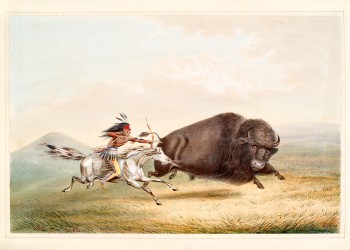
The history of the Dakota Prairie Grasslands is a story of human and natural change spanning thousands of years, from prehistoric Native American cultures to European settlement and beyond. Visit the Discover History page and learn more about events that shaped the grasslands.
Historical Sites in the Grasslands
The Birnt Hills Overlook Interpretive Site
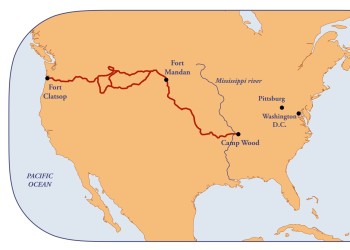
The Birnt Hills Overlook Interpretive Site marks the approximate location of where Meriwether Lewis and William Clark's expedition camped in 1805. While the original campsite is now submerged under Lake Sakakawea due to the damming of the Missouri River, the overlook offers a vantage point to view the location and learn about the expedition.
Custer Trail Auto Tour
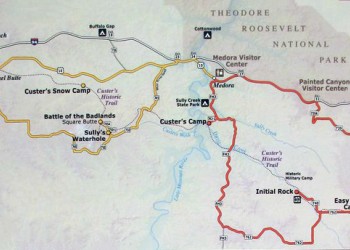
The Custer Trail Auto Tour is a scenic self-guided tour through the Little Missouri National Grasslands that follows the path of historical military expeditions, including George Armstrong Custer and the 7th Cavalry.
Sully's Waterhole Interpretive Site

On August 8, 1864, General Alfred Sully and his Northwest Indian Expedition troops settled down at a site where stagnant rainwater collected after a long, hot day filled with Sioux attacks on their procession. These events were a prelude to the Battle of the Badlands.
Battle of the Badlands Interpretive Site

The site of the Battle of the Badlands fought between the United States cavalry, led by General Alfred Sully, and a coalition of the Lakota and Dakota Sioux Native American tribes on August 7-9, 1864.
Initial Rock Interpretive Site
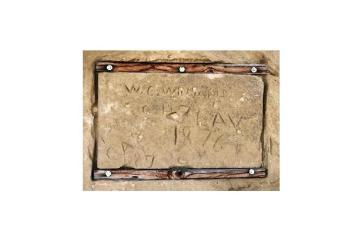
Initial Rock was an overnight campsite for George Armstrong Custer's men on May 28, 1876, on their way to the Battle of Little Big Horn on June 25, 1876. Two soldiers, W.C. Williams and F. Neely, carved their name initials on a rock still present at the site.
Metal Detecting in the Grasslands
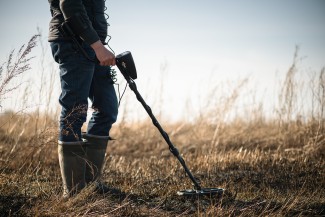
Figure 1. A man uses a metal detector in a field.
Photo Credit: Licensed photo by Dmitriy/Adobe Stock photo.The USDA Forest Service guidance advises that metal detecting devices may be used on public lands in areas that are not reasonably expected to contain archaeological or historical resources (Figure 1.).
Further details are available in the Metal Detecting on National Forest System Lands guide.
Please contact the local District Ranger Station for more information.



